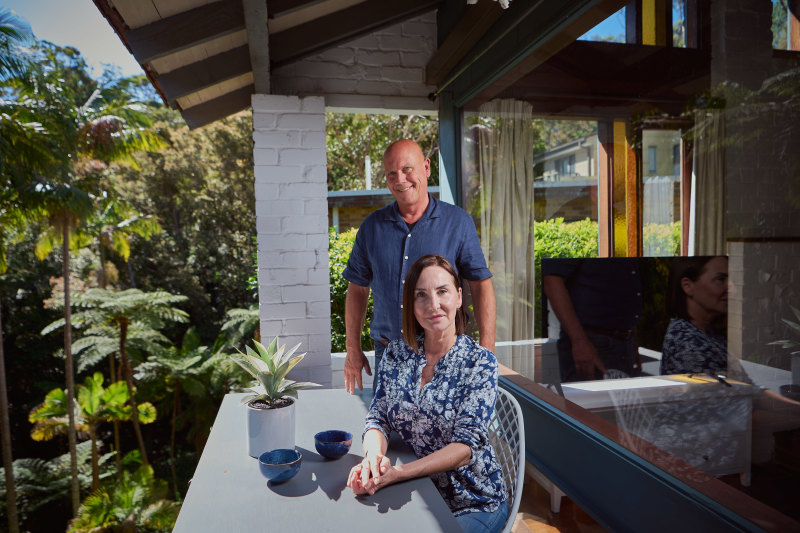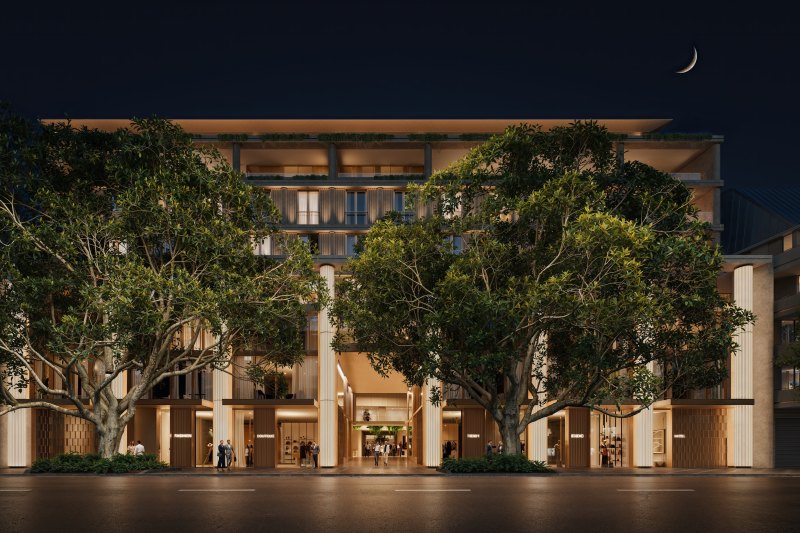Architects Awards 2016: Sustainable design
Canberra’s best architectural projects will be recognised this month at the ACT Chapter of the Australian Institute of Architects Awards.
As part of the institute’s awards program, The Canberra Times, in conjunction with the Australian Institute of Architects and BCA Certifiers, is giving readers the opportunity to vote for their favourite house in the People’s Choice Award.
The 14 houses in the running for the award will be featured on The Canberra Times website in the lead up to the awards night on Saturday, June 25.
This week we explore three homes with sustainable living at the heart of each brief.
Claire’s House
Light House Architecture & Science

Claire’s House proves that quality, sustainable design is accessible to everyone – even first home buyers on tight budgets.
Designed by Sarah Lebner of Light House Architecture & Science, the home was created to suit the landscape, be energy efficient and become a personalised piece of art.
Claire wanted a home that would suit her current lifestyle with housemates, but would also function as a family home in the future.
“The sloping block, angle to the north and dual-purpose brief were all constraints that drove the design,” Ms Lebner said.
“The three split levels wrap around a central, light-capturing deck and each have a separate function; the upper is the housemates’ (or kids’) wing, the middle level is the central living area and the lower is Claire’s personal space (or parents’) wing.”
Claire also has an eclectic style, which influenced the home’s mixed pallet of materials. It includes recycled Canberra red bricks, polished concrete floors and plywood features.
The home’s exterior focused on different textures of grey including concrete, fibre cement and painted plywood panels. Claire completed the finishing works once settled, which included the landscaping, paving, decking and the perforated mesh carport door.
She also commissioned a graffiti artist to paint a large mural on one of the walls.
Stray Leaf House
Light House Architecture & Science

From a first home buyer to downsizers, architect Sarah Lebner applied the same principles to the design of Stray Leaf House.
“Light House Architecture & Science have a unique, collaborative approach where the architect and scientist work together in-house throughout the entire process to achieve an optimised, energy-efficient design, as well as testing performance after construction,” Ms Lebner said.
In the case of Stray Leaf House, the site was a tiny 356-square-metre block in Forde. The clients were a retired couple who were seeking a space, cost and energy-efficient home.
The solution was a 113-square-metre home that cleverly makes the most of its space.
“The living room can be closed to create privacy from the dining room,” Ms Lebner said.
“The second ‘bedroom’ has a sliding wall to open up as a play space for the grandkids and capture northern light from the across the hallway. The generous study nook puts otherwise wasted hallway space to use.”
The home extends into the garden allowing the remaining spaces to become outdoor rooms.
“While the house may at first seem to be a one bedroom home, it can essentially function as a three bedroom, two bathroom, separate toilet, plus study nook space.”
The clients describe the home as the smallest, yet most comfortable, home they have ever owned.
And with an eight-star energy efficiency rating, it uses the half the energy of an industry standard six-star home.
Casey House
Light House Architecture & Science

Light House Architecture & Science architect Jeremy Wells also faced the challenges of a small block when he designed this comfortable sustainable home in Casey.
Access to sunlight and views, room for martial arts and cat-friendly spaces were all a high-priority to the clients.
A mix of indoor and outdoor living spaces were designed to connect seamlessly and make the most of the available space.
“Living areas connect to four carefully considered outdoor spaces: a thriving veggie patch near the front door, an enclosed courtyard where cats can roam, a rooftop terrace with a view, and thanks to the creativity of the owners, a wonderfully landscaped and contemplative rear garden,” Mr Wells said.
Upper storey windows take in beautiful views across the landscape and allow ample northern sunshine to filter through the sculptural steel staircase and penetrate deep into the main living spaces.”
Sustainable elements include high levels of insulation, concrete slab construction and double-glazed windows, which ensure the home is comfortable all year round.
The clients said “it fills me with pleasure just to walk from room to room watching how each room deals with space and light at every time of day”.
Voters have the opportunity to register and tell us in 25 words or less which house they voted for and why they love it to go in the draw to win a bottle of Penfold’s Grange from BCA Certifiers, the official supporter of the People’s Choice Award.
Voting closes on Monday, June 20. Vote now at the Institute of Architects website.
States
Capital Cities
Capital Cities - Rentals
Popular Areas
Allhomes
More







